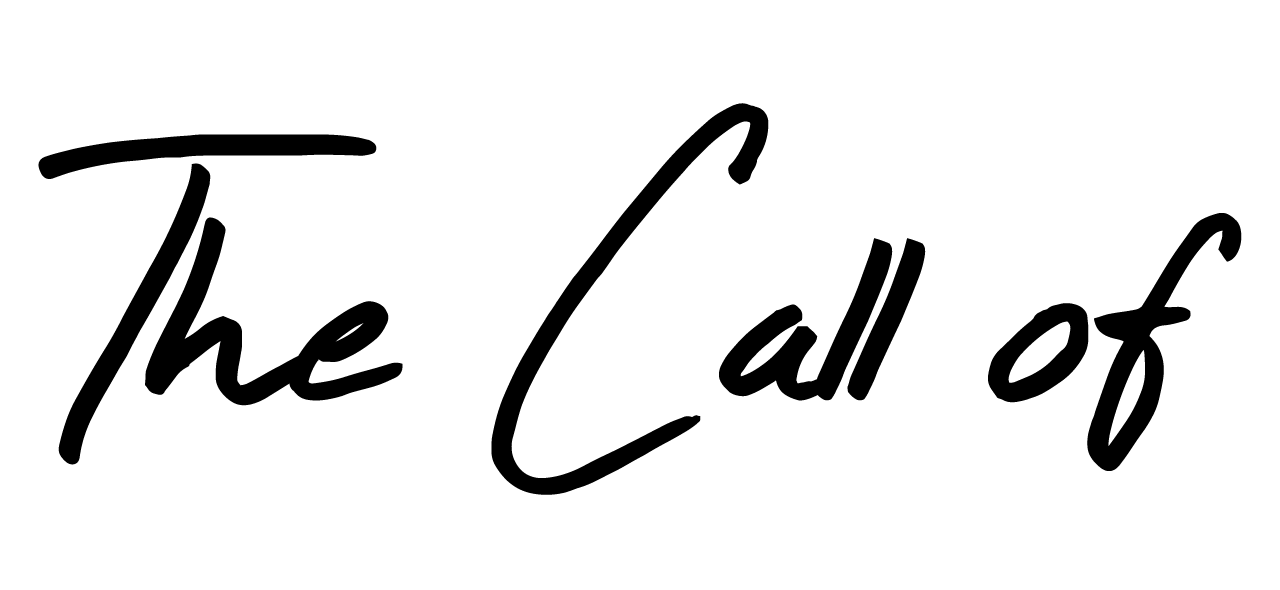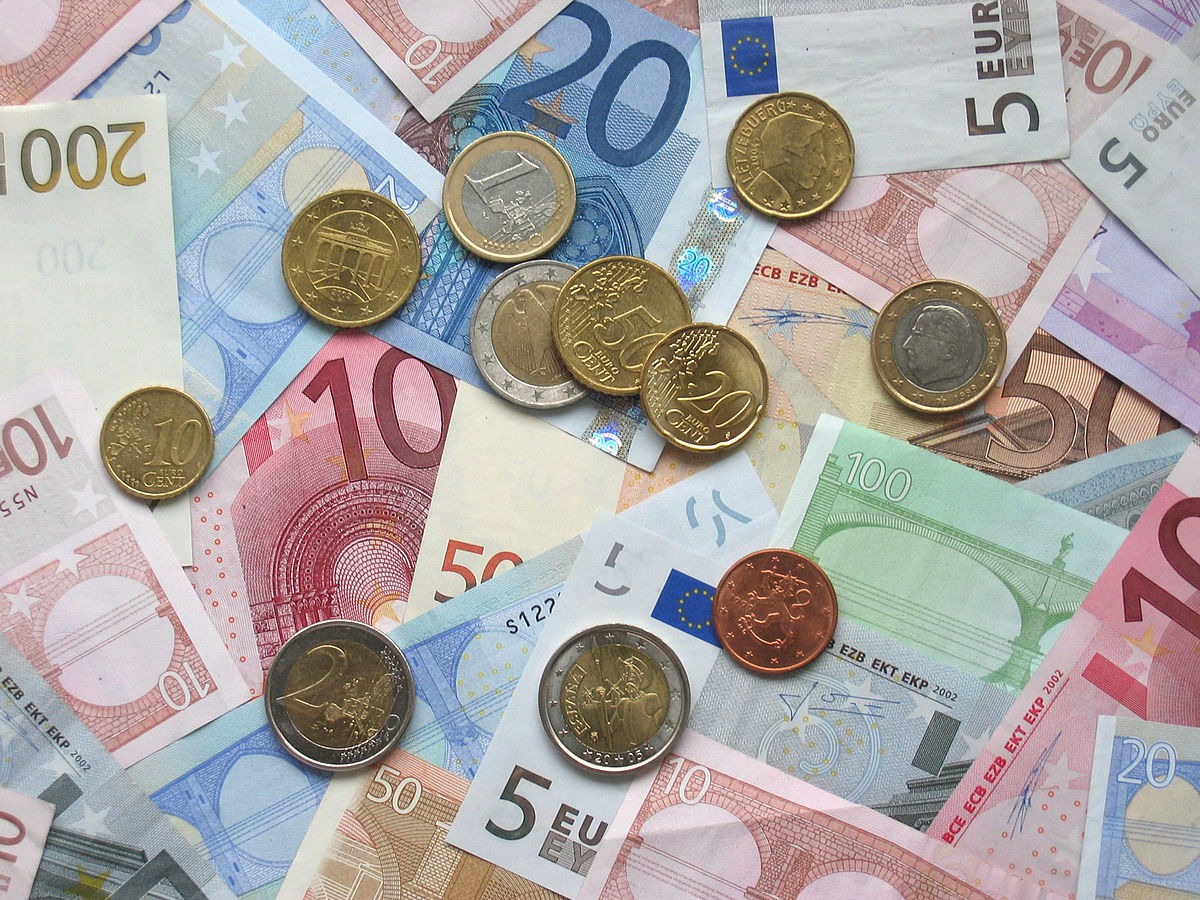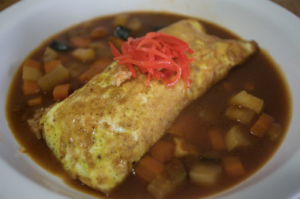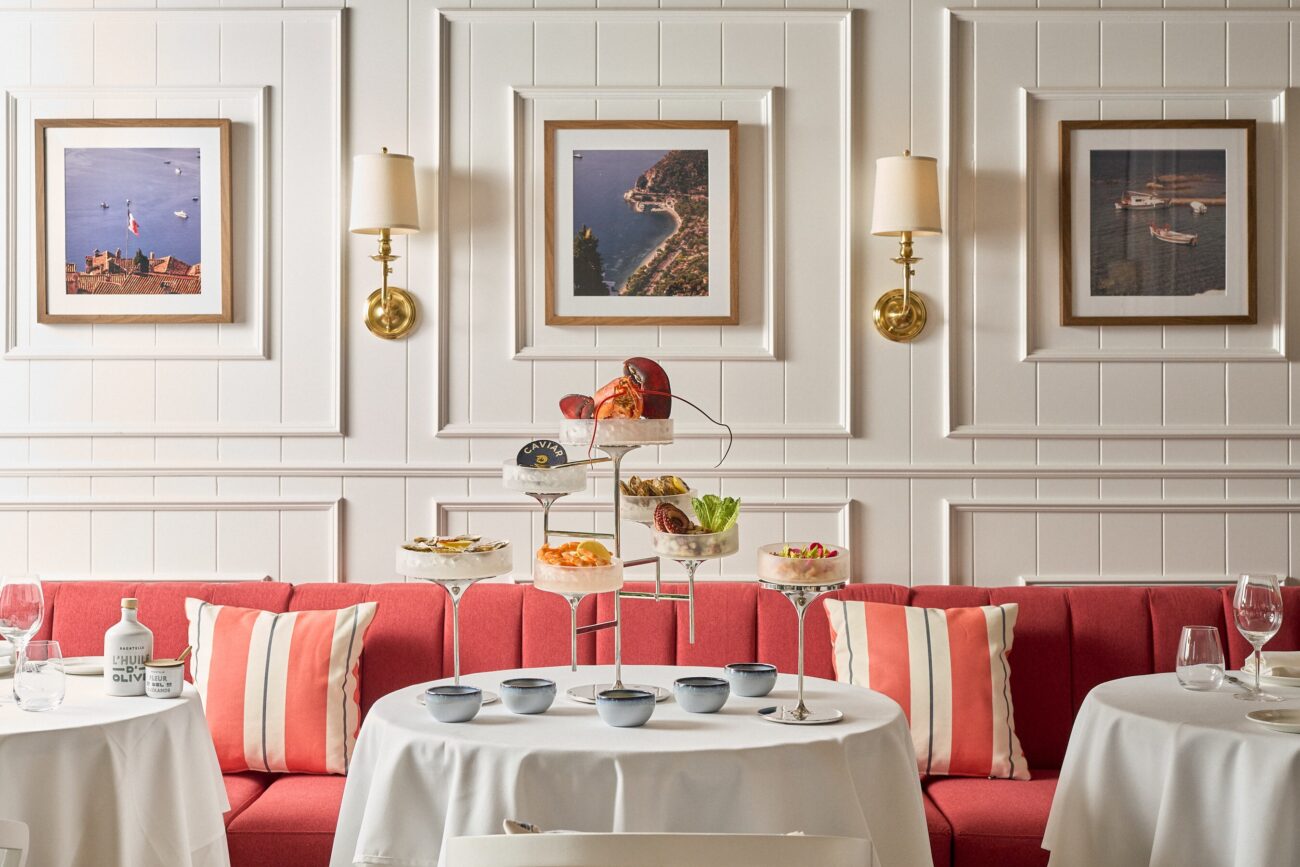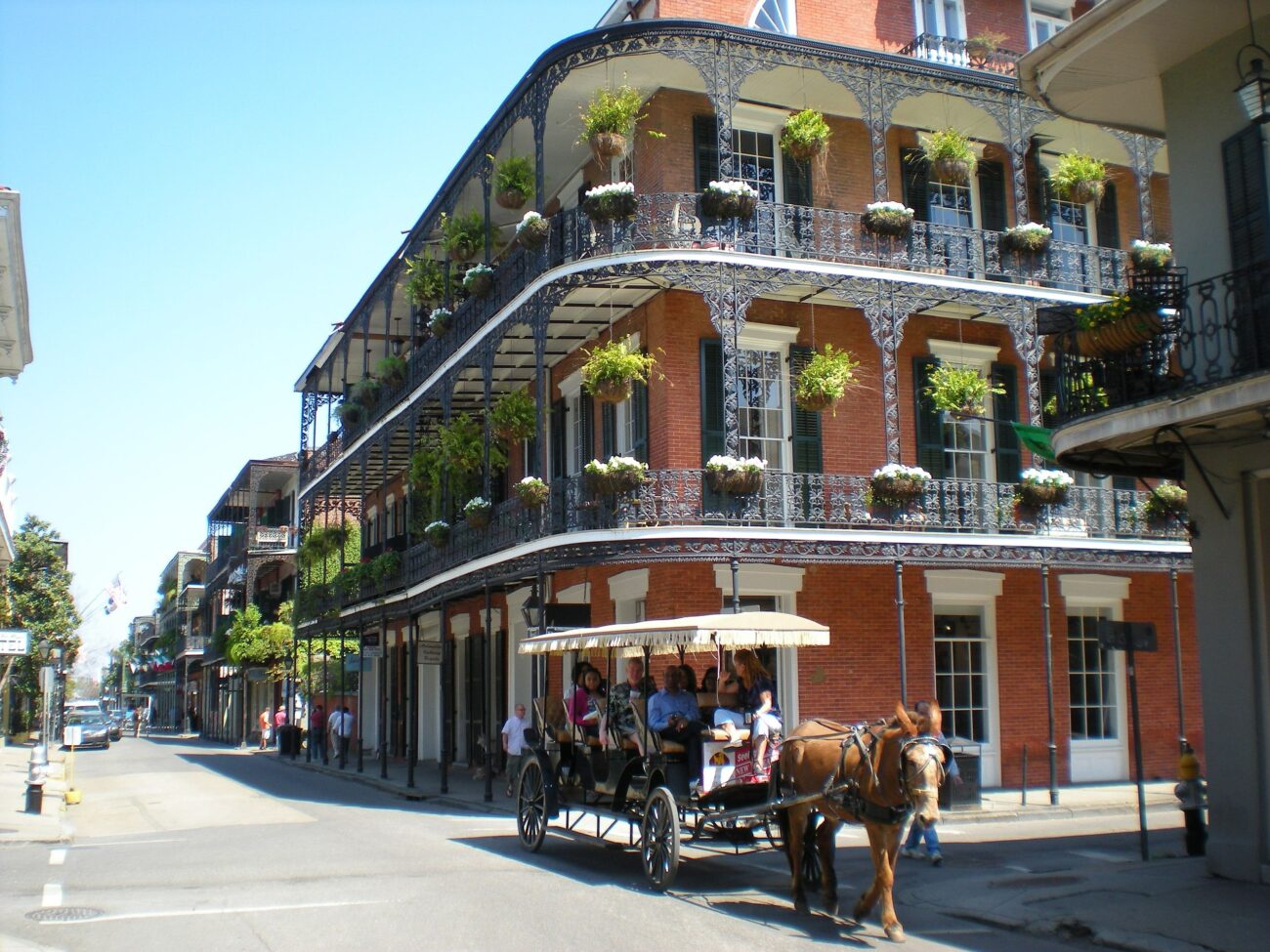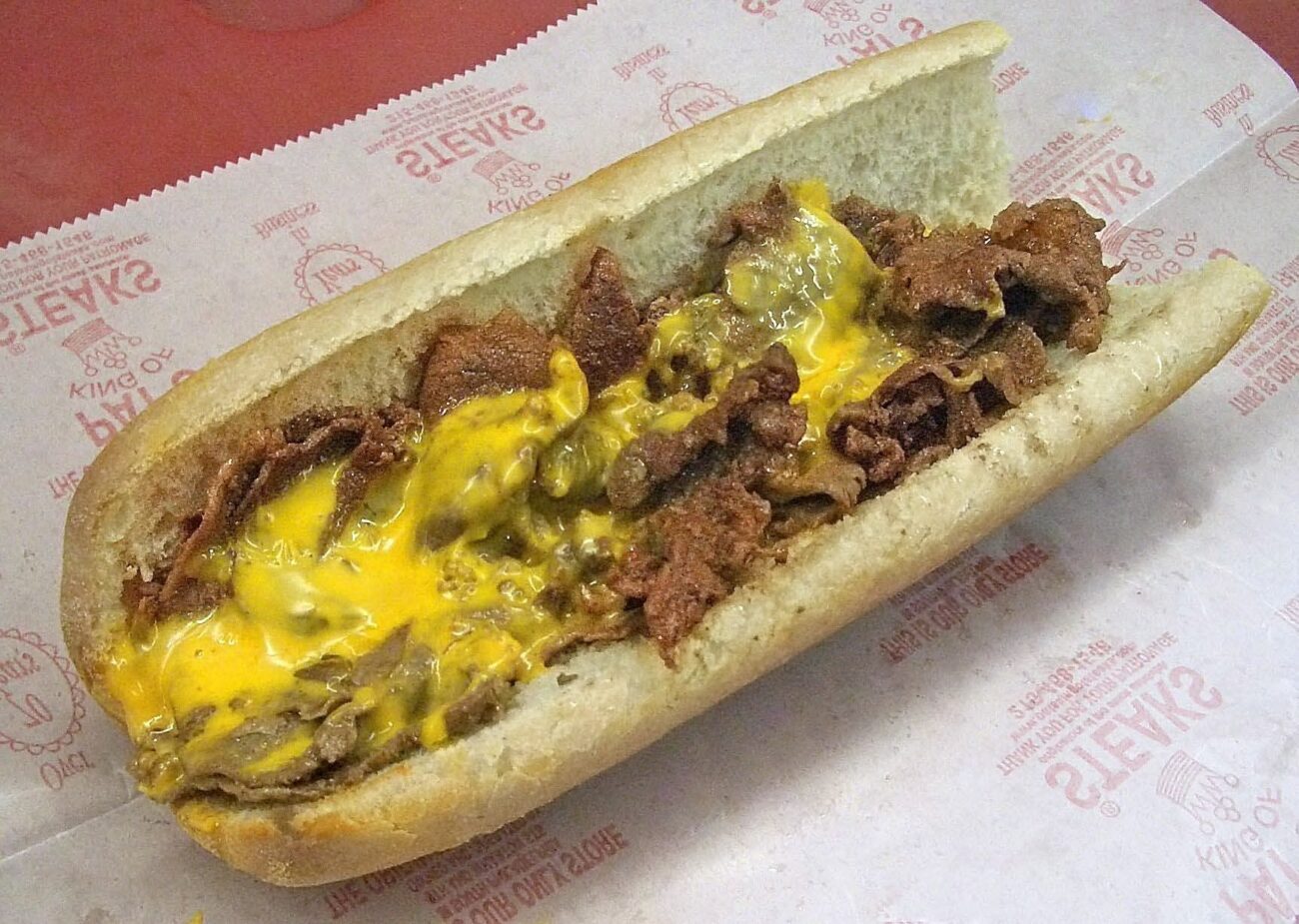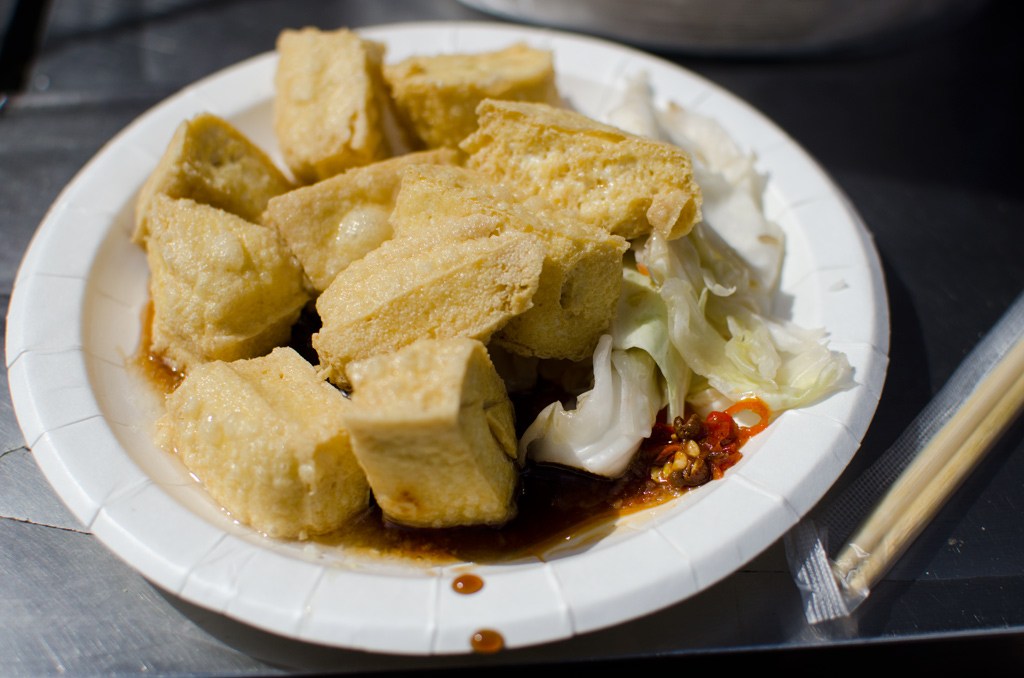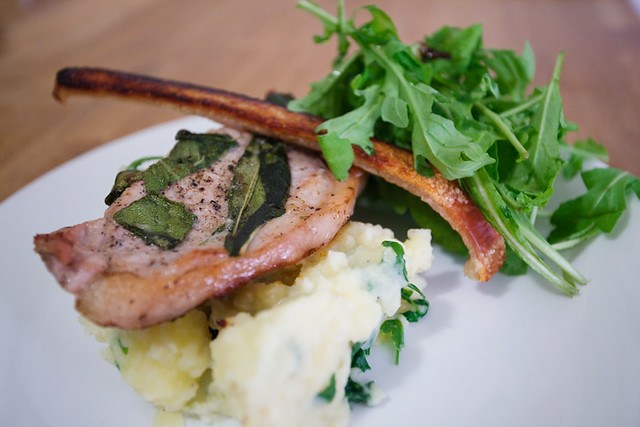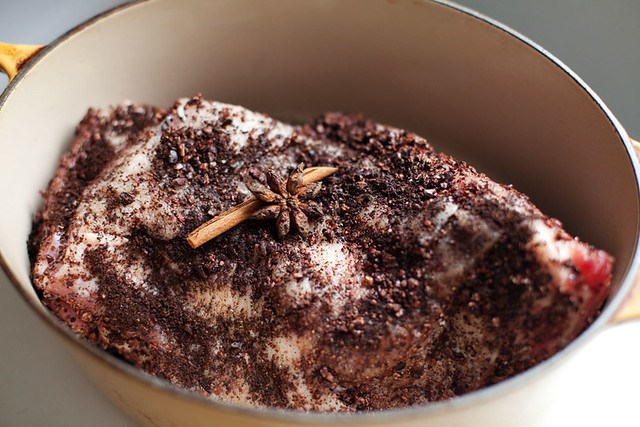The espresso costs €2.50, you hand the cashier exact change with a smile, and somehow the vibe shifts. Not dramatically—just cooler, more transactional. You chalk it up to European reserve, but the real issue might be simpler: you just touched money to their palm instead of using that small dish sitting right there on the counter.
The Counter Tray Reality Check
Understanding when this unspoken rule actually matters—and when it doesn’t.
Those little dishes—coupelles in French cafés, piattini at Italian counters—aren’t decorative. In traditional European establishments, placing cash directly in someone’s hand can signal tourist status faster than pulling out a fanny pack. The custom reflects professional boundaries and transactional formality, though it’s more art than science.
This isn’t universal European law. Modern chains, tourist-heavy areas, and Northern European countries often skip the formality entirely. But in that neighborhood bakery in Lyon or family-run trattoria in Bologna? The tray matters.
Where the custom actually holds weight:
- Traditional bakeries and patisseries across France
- Family-owned shops in Italy and Spain
- Formal retail establishments with old-school service protocols
- Situations demanding cultural correctness over casual interaction
Where you can probably relax:
- Chain establishments and modern retailers
- High-traffic tourist zones where staff expect varied customs
- Casual venues with younger employees
- Most interactions in Germany, the Netherlands, or Scandinavia
The Bigger Service Picture
Service quality stems from multiple factors beyond payment etiquette alone.
Before obsessing over payment protocol, consider this: European service prioritizes professionalism over friendliness. That “slow service” you’re attributing to cash-handling etiquette might actually stem from language barriers, different pace expectations, or simply cultural variations in what constitutes good service experience.
According to EU consumer protection guidelines, regulations limit cash transactions—France restricts payments to €1,000, Spain to €1,000—but these address money laundering, not manners. The tray custom exists in the cultural realm, where genuine courtesy and realistic expectations matter more than perfect adherence to any single rule.
Watch what locals do before reaching for your wallet. Use the tray when it’s there. But remember: politeness, patience, and a basic “bonjour” will improve your service experience more than any payment method ever could.

